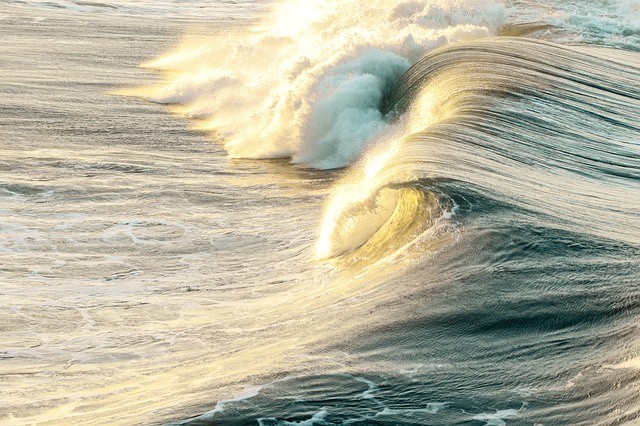
A study shows ocean currents are affected by climate change preserved in one way or another providing more insights. One assumption is that the ocean depths or what was once under the sea holds an important clue that could be interpreted and studied.
It is crucial to know how the changes that occurred in the last 66 million years will relate to now and future changes in environmental changes.
Impact of Climate Change on Ocean Currents
According to researchers studying the effects of global warming does impact the currents of the world oceans, reported Science Alert.
Looking into the dynamics of circulating currents that answer how it happens is the study's objective, cited the Daily News.
Using data that spans about 66 million years in 293 sites, scrutinizing the sedimentation variations called hiatuses. There are records of the force of currents dating back to ancient seas that have changed temperatures over the epochs. Provided researchers with a plethora of extra information further than the 30 years or so of satellite images that they would be used to study how currents varied as the world's temperature rises.
According to Adriana Dutkiewicz, a sedimentologist from the University of Sydney in Australia, ocean models were devised from the data in just a few decades. It does not provide the long-term information for longer-term ocean variability, noted Sydney Edu.
He added that the study shifted to examining the deep-sea geological record to see what it yields and how it connects to ocean currents that seem to have a connection to climate change.
About 13 million years ago, the study concluded that a slow cooldown has progressed with fewer hiatuses showing less abrupt changes. The implication is that the slowdown happened even in the deepest depths of the seas.
Before the cool down, about 13 million years ago will lower global temperatures; it was hotter then, and the deep sea was just as busy. This period when it was hotter was about 3-4°C (5.4-7.2°F) warmer.
Changes in the deep-sea bed with its fluxing directly affected land as well. The circulating currents in the sea have affected the climatic patterns, even the marine animals.
Geophysicist Dietmar Müller stated that a gap in the sedimentary layer shows violent oceanic currents, but unbothered sedimentation is a calmer time. The study author would make a model of the data, which allowed a hypothetical estimate of the record's continuities and breaks.
Changes in Ocean Current Activity Influenced by Past Data
Gathering a climate model from the past will allow more precise models to predict what global warming is in the future. Earth's seas have taken in the excess carbon and heat in the present.
Earlier research has found that if the temperature warms, any oceans can trap additional carbon, primarily through plankton which uses dissolved carbon to develop their shells. They drift down to the ocean floor after death, trapping the carbon absorbed.
There is no doubt that more active changes occur in the deepest seas when global warming occurs. Research in the future is needed to estimate how its effect on life and the atmosphere. According to the study, ocean currents have registered the sign of climate change in the last thirty years, as mentioned in Geology.
Related Article : Argon Gas Trapped in Ice Core From Antarctica Found To Exist in Ancient Earth Atmosphere, Study Says
© 2026 HNGN, All rights reserved. Do not reproduce without permission.








